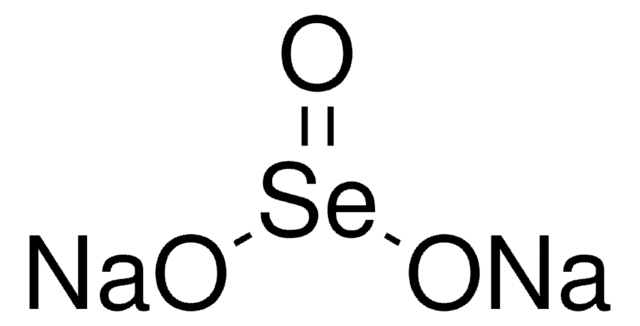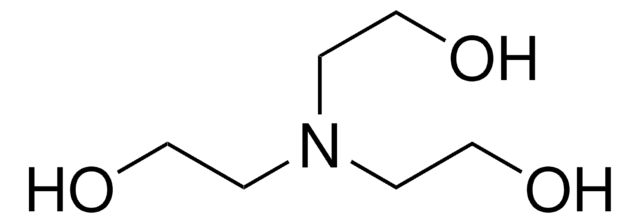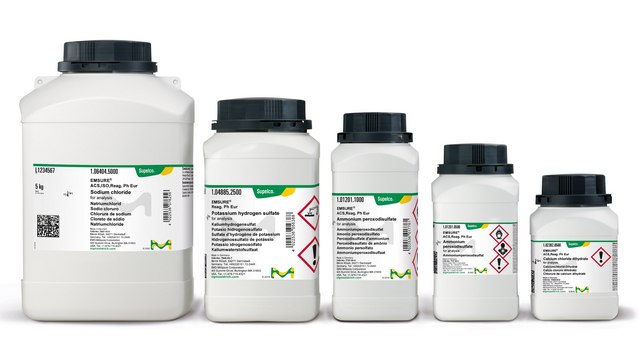All Photos(2)
Synonym(s):
Tin, SN007918
Empirical Formula (Hill Notation):
Sn
CAS Number:
Molecular Weight:
118.71
MDL number:
UNSPSC Code:
12141745
PubChem Substance ID:
NACRES:
NA.23
Recommended Products
Assay
99.99%
form
rod
manufacturer/tradename
Goodfellow 201-553-51
resistivity
11 μΩ-cm, 20°C
L × diam.
100 mm × 3.0 mm
bp
2270 °C (lit.)
mp
231.9 °C (lit.)
density
7.310 g/mL at 25 °C (lit.)
SMILES string
[Sn]
InChI
1S/Sn
InChI key
ATJFFYVFTNAWJD-UHFFFAOYSA-N
Related Categories
General description
For updated SDS information please visit www.goodfellow.com.
Legal Information
Product of Goodfellow
Regulatory Information
新产品
Certificates of Analysis (COA)
Search for Certificates of Analysis (COA) by entering the products Lot/Batch Number. Lot and Batch Numbers can be found on a product’s label following the words ‘Lot’ or ‘Batch’.
Already Own This Product?
Find documentation for the products that you have recently purchased in the Document Library.
Commonly used methods of analysis for tin in foods.
W Horwitz
Journal - Association of Official Analytical Chemists, 62(6), 1251-1264 (1979-11-01)
Steve Blunden et al.
Food and chemical toxicology : an international journal published for the British Industrial Biological Research Association, 41(12), 1651-1662 (2003-10-18)
Tinplate is light gauge, steel sheet or strip, coated on both sides with commercially pure tin and has been used for well over a hundred years as a robust form of food packaging. Altogether, about 25,000 million food cans are
Gabriel Santpere et al.
Genome biology and evolution, 7(6), 1490-1505 (2015-05-16)
We set out to investigate potential differences and similarities between the selective forces acting upon the coding and noncoding regions of five different sets of genes defined according to functional and evolutionary criteria: 1) two reference gene sets presenting accelerated
S G Schäfer et al.
Regulatory toxicology and pharmacology : RTP, 4(1), 57-69 (1984-03-01)
A tolerable limit for tin concentration in canned food of 250 ppm (Fritsch et al., 1977) is generally accepted. However, biochemical effects attributable to tin have been observed even after oral administration of 1 and 3 mg Sn/kg body wt
Mutagens and potential mutagens in the biosphere. II. Metals--mercury, lead, cadmium and tin.
L Fishbein
The Science of the total environment, 2(4), 341-371 (1974-07-01)
Our team of scientists has experience in all areas of research including Life Science, Material Science, Chemical Synthesis, Chromatography, Analytical and many others.
Contact Technical Service



